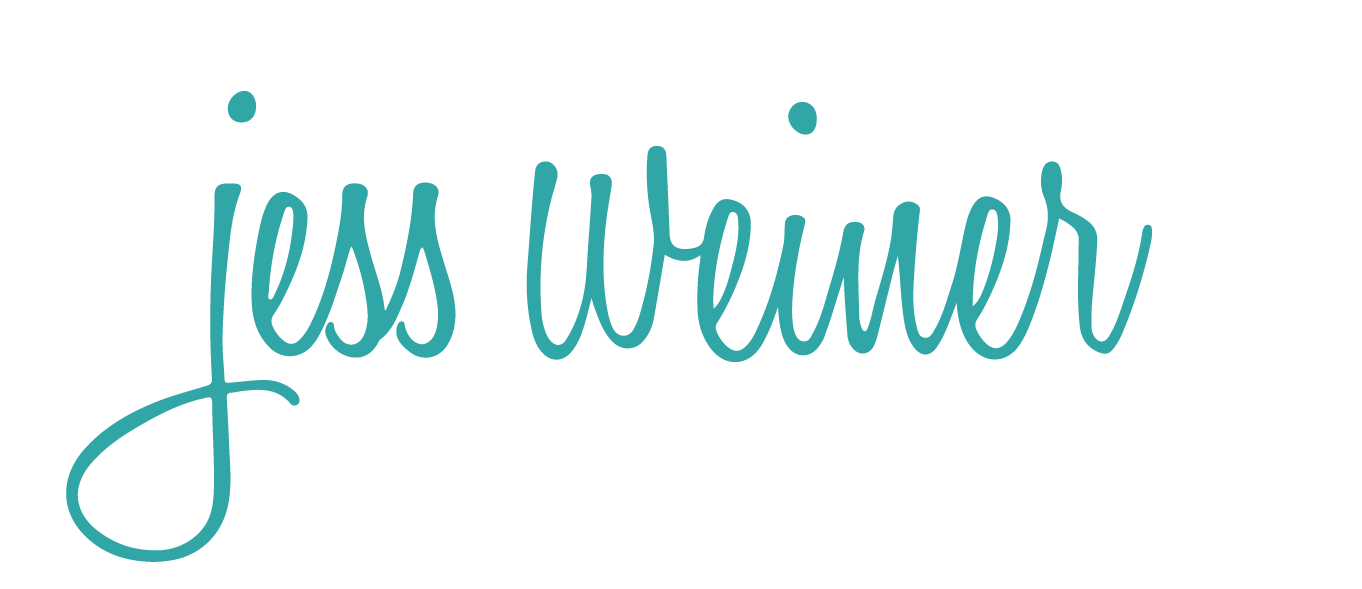“I really hate the word ‘diversity.’ It suggests something…other. As if it is something special, or rare. Diversity! As if there is something unusual about telling stories involving women and people of color and LGBTQ characters on TV. I have a different word: normalizing. I’m normalizing TV. I am making TV look like the world looks.” – Shonda Rhimes
There’s a lot of buzz around words like “diversity” and “inclusivity” in everything from media to business… but what do these words even mean?
They’re often used interchangeably, but really the two words are very much distinct from one another.
Diversity is simply variety. It is abstract, random, malleable, and, border-line SFSN (sounds fabulous, signifies nothing!)
What we should be striving for is inclusivity.
Shifting the conversation from diversity to inclusivity changes a person’s experience from:
“I’m here because of my race/gender/sexuality/disability. I’m here because I’m different.”
To:
“I’m here because what I have to say is important, and I’m working with others to overcome the systemic barriers that keep my story from being told.”
Inclusivity incorporates the wholeness of individuals. People are more than their labels, more than their upbringing, more than their social status, more than their job.
Inclusive media is important so people can see themselves represented in culture. It makes them feel connected, rather than abnormal or “other.”
Being inclusive is beneficial for businesses, organizations, and other institutions, too. If you want to make something better, you need to bring in different types of people and their ideas.
Working toward consistently being more “inclusive” you are able to take in every part of the multifaceted individuals who make up your team.
Working toward being more “diverse,” not only do you miss out on every special component that make up the whole persons you work with, but you miss the point.








 Our panelists pictured from left to right:
Our panelists pictured from left to right: 










